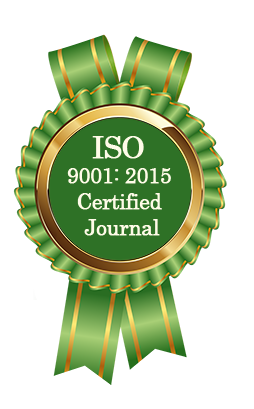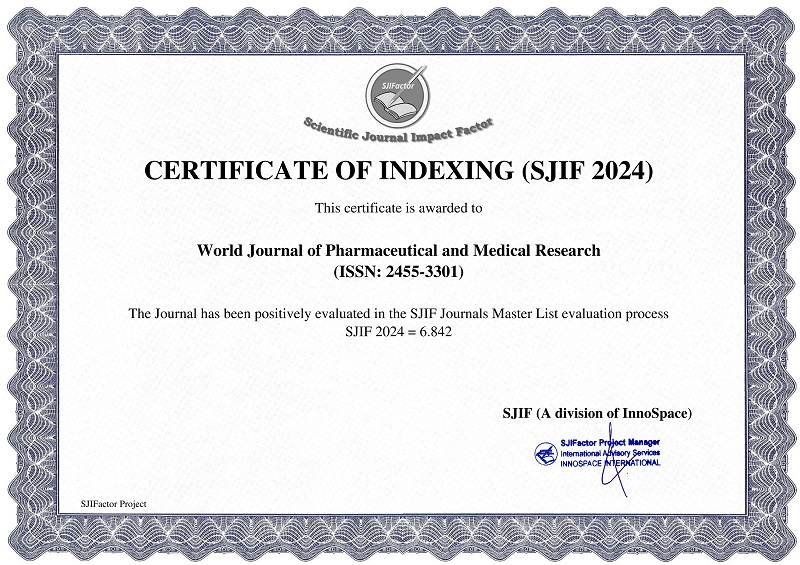“COMPARATIVE EVALUATION OF APICAL DEBRIS EXTRUSION USING RECIPROCATING AND ROTARY SINGLE-FILE SYSTEMS: AN IN VITRO STUDY”
Dr. Nadia Rasool*, Dr. S. Vidhyadhara Shetty, Dr. Prathap M. S. Nair and Dr. Nishi Jayasheelan
ABSTRACT
Introduction: Chemomechanical preparation is indispensible in achieving desired outcome of root canal treatment; but inadvertent extrusion of intracanal debris, microorganisms and irrigants into the periapical area leads to flare-ups, pain, delayed healing or even treatment failures. Since all instruments and techniques are known to cause apical debris extrusion to some extent, this study was undertaken to evaluate the amount of debris extrusion during the canal shaping with two different single file systems – WaveOne Gold (WOG) and One Shape (OS) in reciprocating motion and continuous rotation respectively. Methodology: Fifty-two freshly extracted human mandibular premolars were randomly divided into two groups based on the file used for chemomechanical preparation: Group 1 used WaveOne Gold – WOG files whereas Group 2 used OneShape – OS files. These samples were suspended in a model defined by Myers and Montgomer. The tubes were subsequently stored at 70 °C in an incubator for a period of five days to ensure evaporation of water. The extruded debris were weighed at the preparation and the post preparation stage and the difference was measured. Results: The amount of debris extruded in WOG files groups was more as compared to OS file group but the difference between them is statistically non-significant. Conclusion: Reciprocating motion(WOG files) does not result in less debris extrusion as compared to rotary motion (OS files).
[Full Text Article] [Download Certificate]



